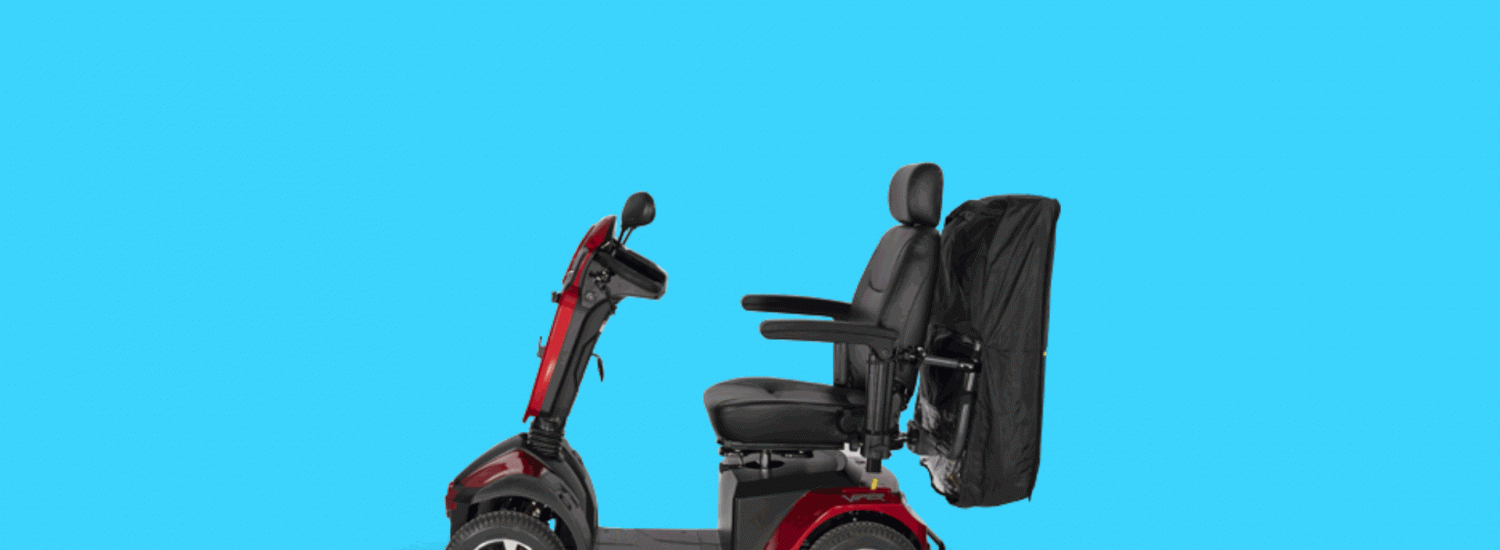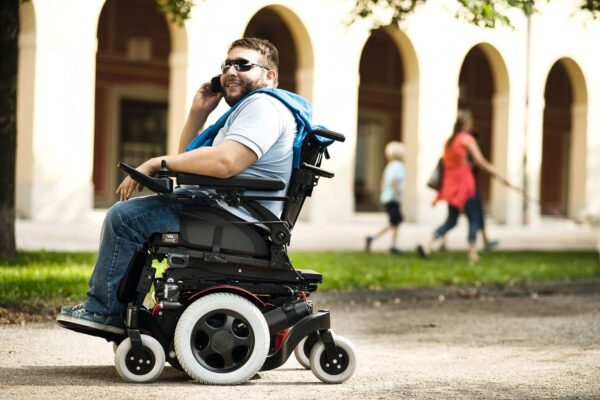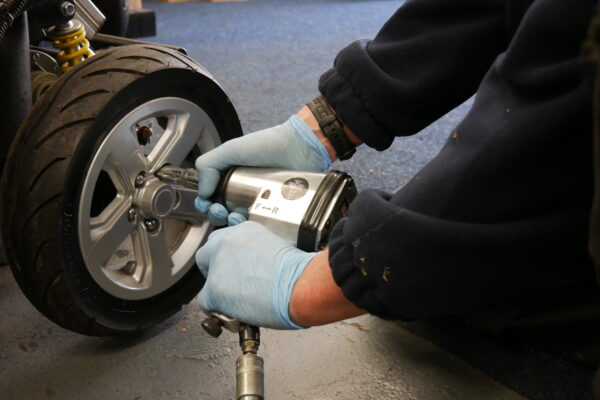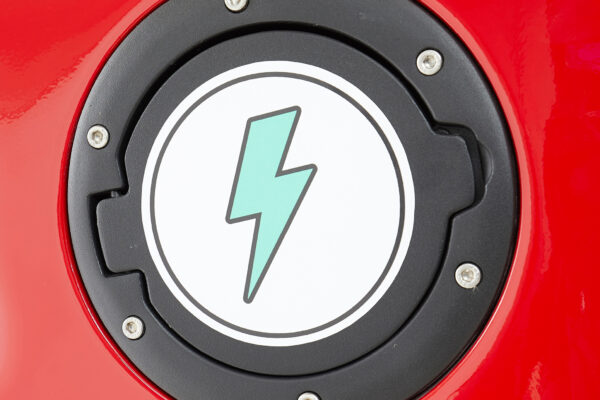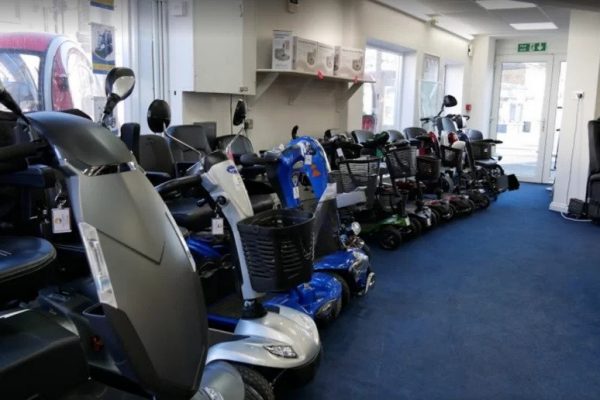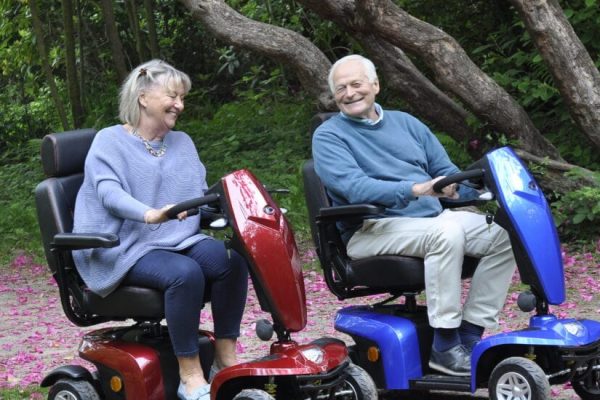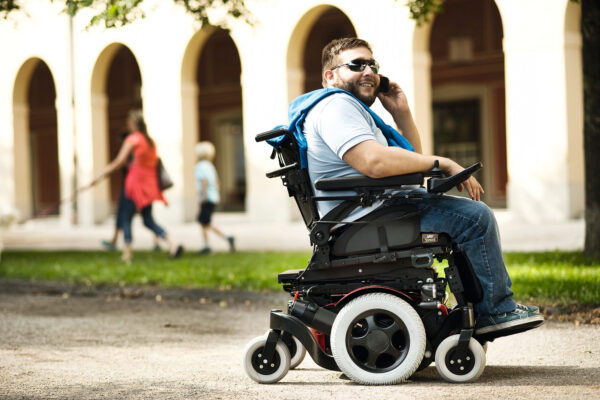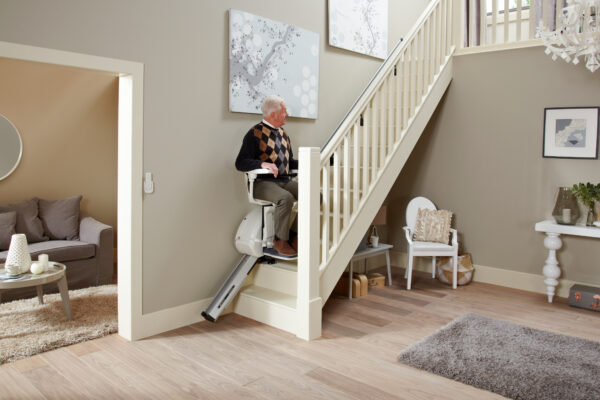Mobility scooters are considered as a vehicle which is why they have their very own highway code all users should follow.
Generally, there are different classes of mobility scooters which will affect how they are operated and where they are able to be used. These include:
- Class 1 (Called Invalid Carriages in law) which includes manual wheelchairs
- Class 2 includes powered wheelchairs and mobility scooters with an upper speed limit of 4mph
- Class 3 includes powered wheelchairs and mobility scooters with an upper speed limit of 8mph
Class 1 and 2 vehicles have been designed to be used on the pavements so should follow the guidance and rules for pedestrians. Class 3 vehicles have been designed to be used on the road, as well as the pavement, so should follow the guidance and rules for other road vehicles.
Let’s take a closer look at the highway code for mobility scooter users when using their vehicle on the placement and on the road.
Highway Code for Mobility Scooter Users on Pavements
- Prioritise using pavements rather than the road as this is a safer option.
- Pedestrians have priority over your vehicle, so make sure to show consideration for them, especially to those with hearing or visual impairments.
- A rule specifically for class 3 mobility scooters is to never exceed the speed limit of 4mph. If you are surrounded by other pavement users or are using narrow pavements, it’s best practice to adjust your speed to theirs in order to avoid any accidents.
- Aim to use drop kerbs when you’re moving from the pavement to the road and before joining traffic, always look round to make sure it’s safe to do so.
- Whether you’re moving from the pavement to the road or vice versa, don’t try to negotiate a kerb higher than the vehicle manufacturer’s recommendations.
Highway Code for Mobility Scooter Users on Roads
- Although it’s common sense, make sure to take extra care when using the roads as your vehicle is travelling significantly slower than other vehicles on the road.
- Whether you’re driving. Class 2 or 3 vehicle, it’s always best practice to travel in the direction of the traffic. Class 2 users should only use the road when there is no pavement available.
- Lights must always be used when travelling on the road at night. Make yourself visible throughout the day and always use lights, indicators and horns like other road vehicle users.
- If junctions or roundabouts are too hazardous for you to manoeuvre, try an alternative route or pavement.
- If you are going straight ahead at a junction, check the left, right, and behind so that no one is overtaking you or turning left.
- If moving into the middle of the road for a right turn is too dangerous, either stop on the left-hand side of the road and wait for a safe gap in the traffic or negotiate the turn as a pedestrian.
- All normal parking restrictions for vehicles should be observed and mobility scooters and powerchairs should not be left unattended if they cause an obstruction to pedestrians.
- Parking concessions provided under the Blue Badge scheme will apply to those vehicles displaying a valid badge.
- Never use your vehicle on the motorway or unrestricted dual carriageways where the speed limit exceeds 50mph. If you cannot avoid using dual carriageways, always make sure a flashing amber beacon is used.
Mobility Scooter Road Safety from East Coast Mobility
Mobility scooter safety is the number one priority, so make sure you’re familiar with the highway code for your vehicle before you take it out for your first journey.
At East Coast Mobility, we’re always here to help with your mobility scooter needs, so if you have any questions, please don’t hesitate to get in touch with us. We’d be more than happy to help!



